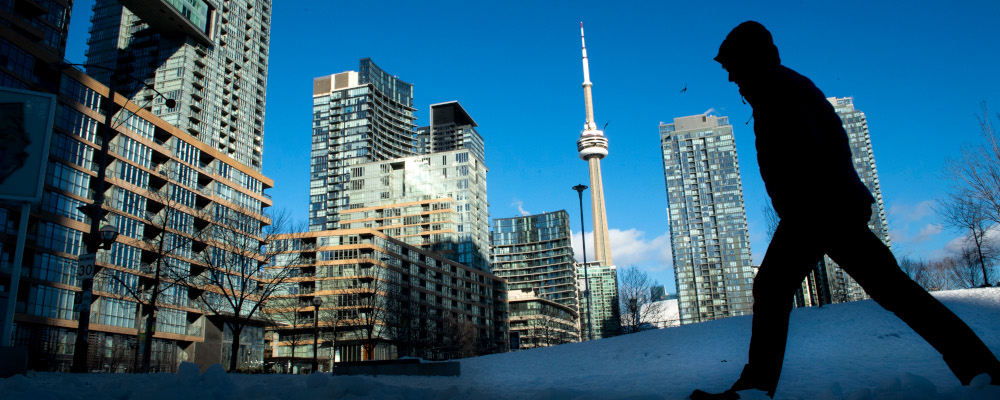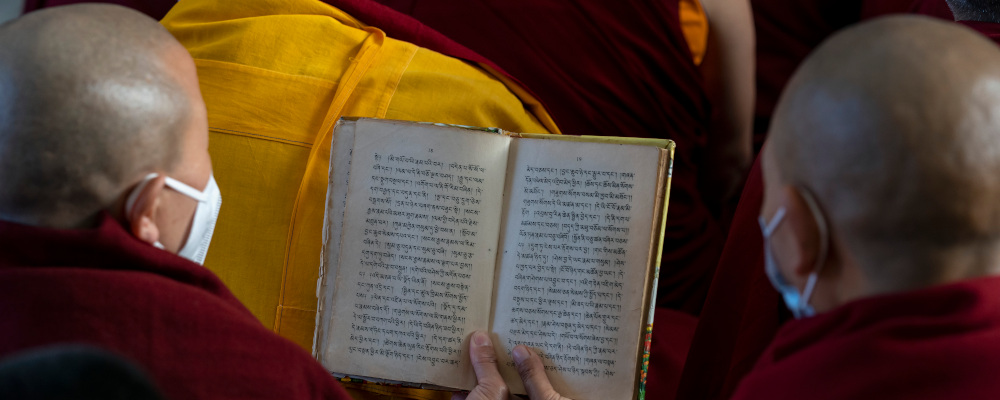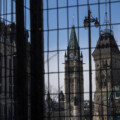Canadians have a love-hate relationship with Toronto. Torontonians can be loud and arrogant. And let’s be honest: the place could use a bit of a makeover. Overflowing trash cans and dysfunctional public transit shouldn’t be our brand. Despite it all, Toronto remains the heart of Canada’s economy.
Unfortunately for Canadians, our largest and most dynamic city is no longer a place where most people can afford to take a chance. After all, you need to make rent if you’re going to live in the city, let alone build a business. That is getting increasingly difficult.
A recent post by public transit expert Reece Martin (who runs the excellent YouTube Channel RM Transit) highlighted the challenges of being an entrepreneur in an expensive city like Toronto.
“In a more affordable city where the stress of making rent and keeping the lights on wasn’t a huge issue then YouTube might be less stressful.”
Martin announced that he’s packing up and leaving Toronto. As a fellow freelancer in Toronto, I can relate.
I’m writing this piece from my cozy old hometown of Winnipeg. If I moved back here, I could save a thousand dollars a month on rent. In other words, twelve thousand dollars a year. That’s around $15,000 in pre-tax income I need to earn in Ontario to make up the difference. That’s a lot of extra columns!
The problem is compounded if you’re running a brick-and-mortar business. Constraints on both upwards and outwards development mean that commercial spaces are competing with residential uses, pushing up the price of both.
Then there’s the small matter of hiring employees. As Martin noted in his post, it can be challenging (and expensive) to hire people in Toronto given that prospective employees need to pay so much more for rent than they would in more balanced housing markets. The cost of housing scarcity cascades through the economy.
It doesn’t have to be this way. Housing scarcity is a choice. The provincial and municipal governments have taken some strides to increase the rate of housing construction. But it’s not nearly enough. According to the province’s Housing Affordability Task Force, we need to double housing starts in Ontario. That doesn’t just mean getting housing policy right. We also need the right labour and training to ensure we have enough people to do the work.
Restoring balance to our housing market will require a Herculean effort. Yet we get bogged down in debates about knocking down derelict factories and replacing parking lots. The longer we stall, the harder it will be to catch up. At this point, it seems unlikely that we will.
This doesn’t mean that Toronto is going to lose its place as the economic capital of the country. It won’t. There is no other region in Canada that is anywhere near as globally interconnected as the Greater Golden Horseshoe. Toronto will remain the center of economic gravity in Canada, for better or worse.
What it does mean is that Toronto—and Canada—will become less dynamic and lose talent to other labour markets. Toronto probably isn’t going to beat California or New York on quality of life. If we don’t have a meaningful cost of living advantage, we’re not going to play in the big leagues. Whether we’re talking about building YouTube channels or software companies.
Recommended for You
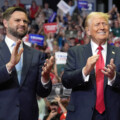
The Week in Polling: Young Canadians delay milestones due to high costs, Liberals lose the youth vote, and most Canadians fear a Trump-Vance White House

Five Tweets on Western Canada’s devastating wildfires

Trevor Tombe: Canadians are paying billions in hidden taxes on new homes
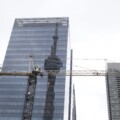
Christopher Hume: Canada’s architects are building boring and bland cities

